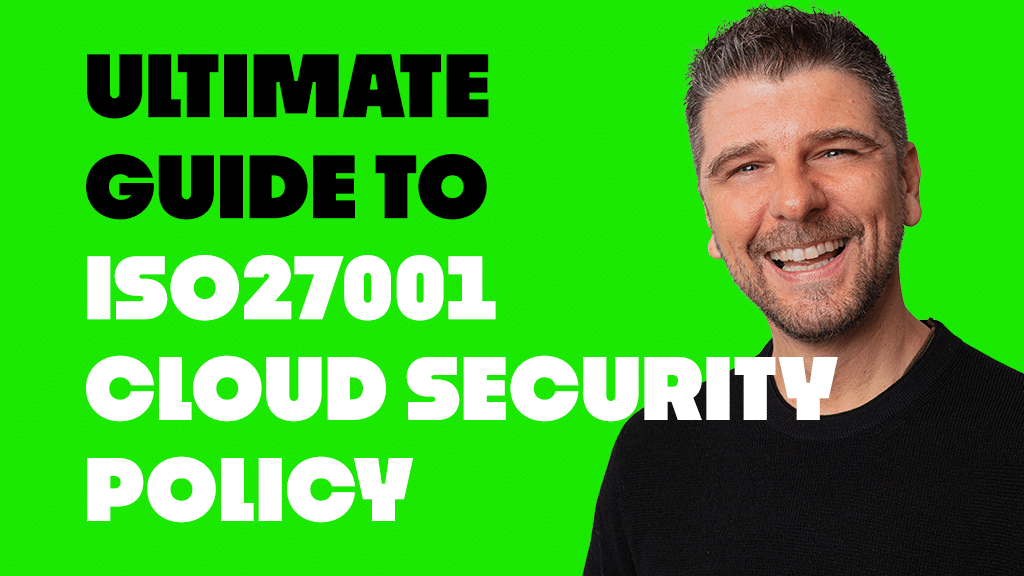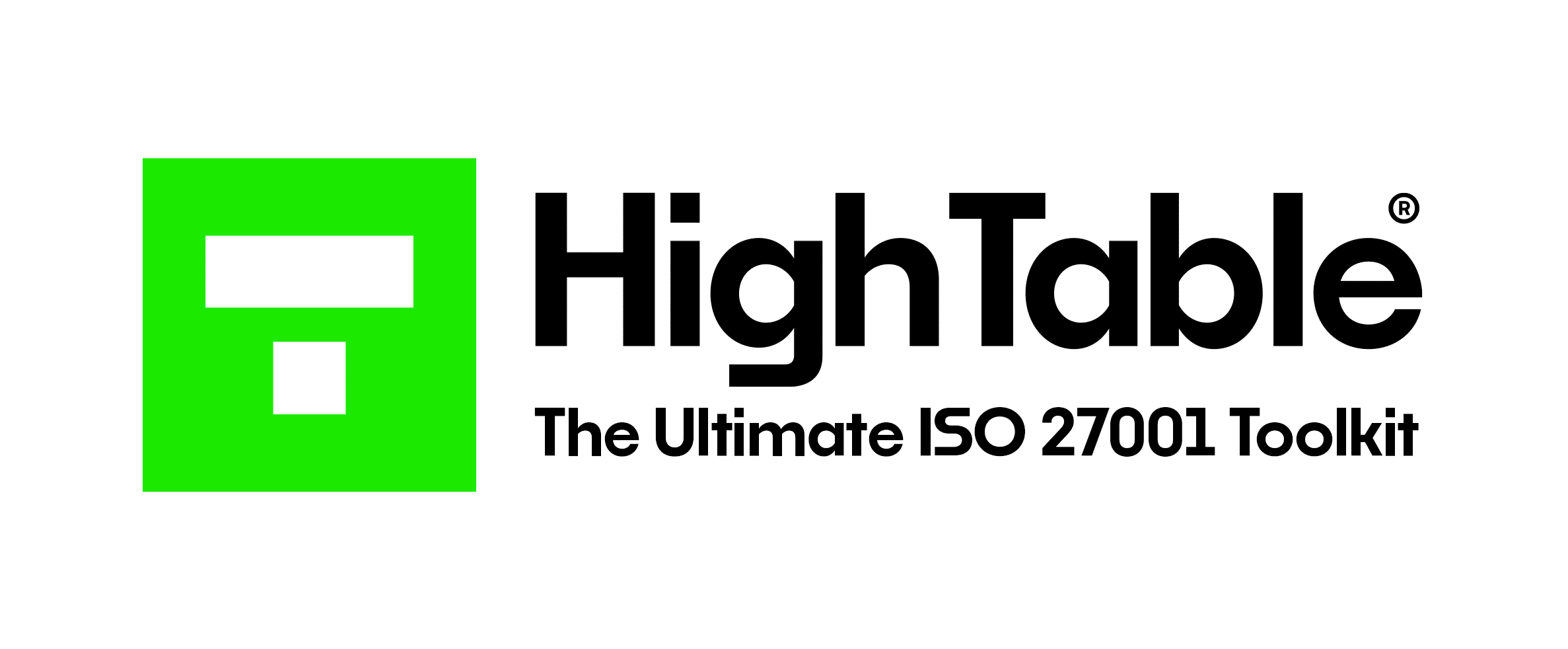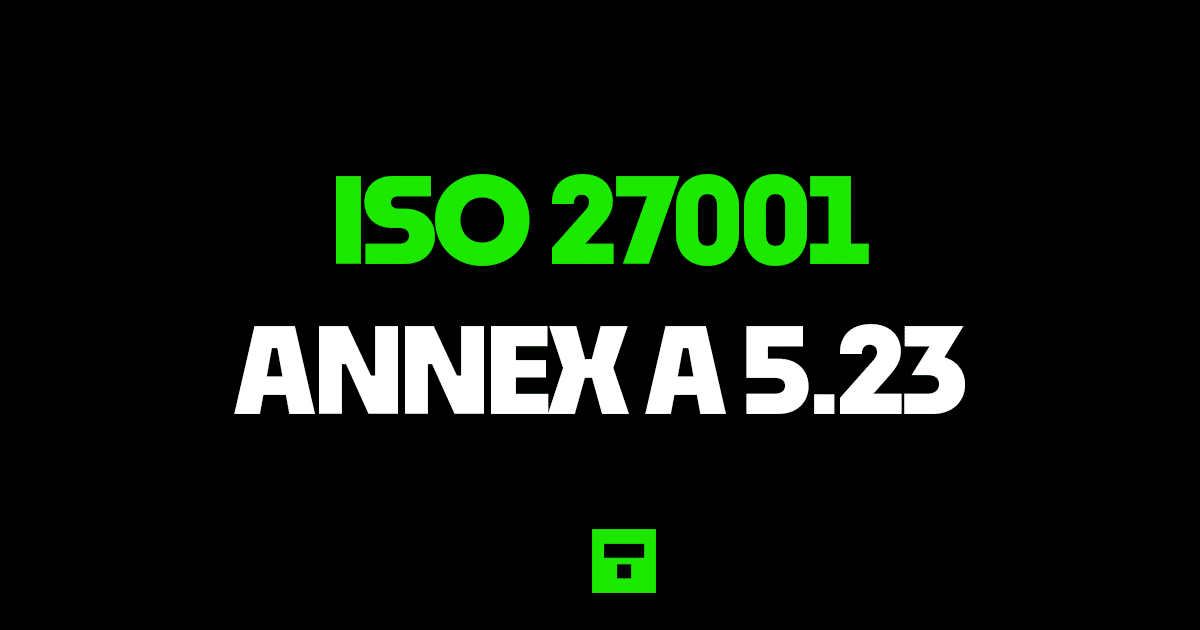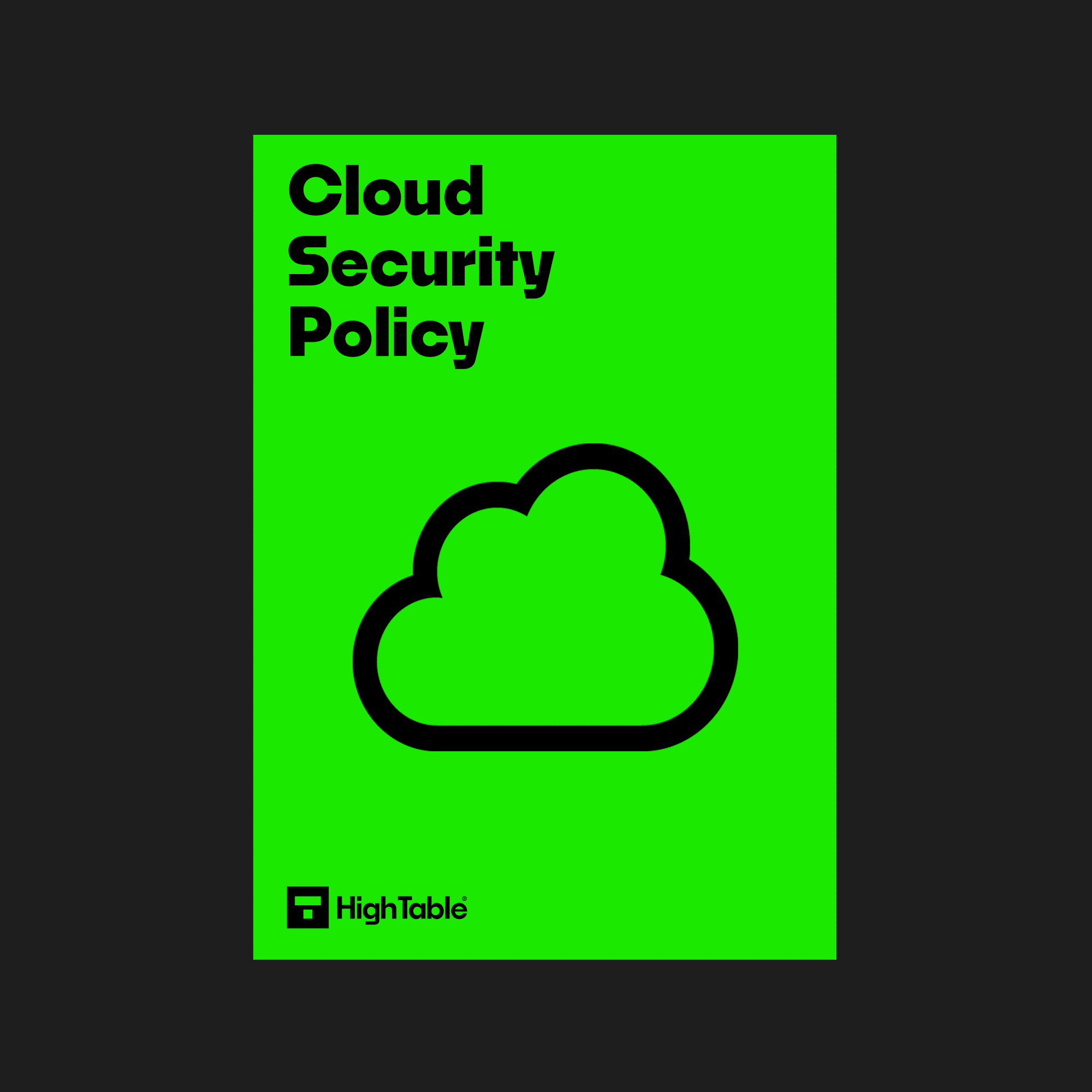Table of contents
- ISO 27001 Information Security For Use Of Cloud Services
- What Is ISO 27001 Annex A 5.23 Information Security For Use Of Cloud Services?
- ISO 27001 Annex A 5.23 Implementation Guide
- How to write a Cloud Security Policy
- ISO 27001 Templates
- How to comply
- How to pass an audit
- What will an audit check?
- Top 3 Mistakes People Make
- ISO 27001 Annex A 5.23 FAQ
- ISO 27001 Controls and Attribute Values
ISO 27001 Information Security For Use Of Cloud Services
In this ultimate guide to ISO 27001 Annex A 5.23 Information Security For Use Of Cloud Services you will learn
- What is ISO 27001 Annex A 5.23
- How to implement ISO 27001 Annex A 5.23
I am Stuart Barker, the ISO 27001 Ninja and author of the Ultimate ISO 27001 Toolkit.
With over 30 years industry experience I will show you what’s new, give you ISO 27001 templates, show you examples, do a walkthrough and show you how to implement it for ISO 27001 certification.
What Is ISO 27001 Annex A 5.23 Information Security For Use Of Cloud Services?
ISO 27001 Annex A 5.23 Information security for use of cloud services is an ISO 27001 control that requires an organisation to specify and manage information security for the use of cloud services.
ISO 27001 Annex A 5.23 Purpose
The purpose of ISO 27001 Annex A 5.23 is a preventive control that ensures you specify and manage information security for the use of cloud services.
ISO 27001 Annex A 5.23 Definition
The ISO 27001 standard defines ISO 27001 Annex A 5.23 as:
Processes for acquisition, use, management and exit from cloud services should be established in accordance with the organisation’s information security requirements.
ISO27001:2022 Annex A 5.23 Information security for use of cloud services
ISO 27001 Annex A 5.23 Implementation Guide
Cloud services can be treated to all intents and purposes like any supplier. The standard calls them out, because, in some ways it feels like they felt they had to. It gives a list of requirements that are unrealistic and then acknowledges it is unlikely you can meet them.
Before we look at what you can do let us paraphrase what the standard thinks as the get out.
It absolutely acknowledges that yes, cloud service agreements are pre defined and not open to negotiation on the whole. So why give a list of requirements? Who knows. This is about basic good practice of supplier management. They could have said that. But they did not.
You will ensure
ISO 27001 Annex A 5.21 Managing Information Security In The ICT Supply Chain
ISO 27001 Annex A 5.22 Monitor, Review And Change Management Of Supplier Services
Follow good third party supplier management as previously covered including risk management and if at any point you are worried seek additional guidance from the standard which will guide you and then say, but we appreciate this cannot be done.
Cloud Service Agreements
I am not even going to cover what the standard thinks should be in cloud service agreements as already stated, the standard acknowledges that these are non negotiable. If you are interested, refer to your copy of the ISO 27002 standard.
How to write a Cloud Security Policy
A step-by-step tutorial on how to create a cloud security policy for ISO 27001 in under 10 minutes. I walk you through the process of creating a policy, including what to include in the policy and how to comply with the ISO 27001 standard.
For a deeper understanding of the ISO 27001 Cloud Security Policy see the ultimate guide: Cloud Security Policy: Ultimate Guide (+ template)

ISO 27001 Templates
The standard requires a topic specific ISO 27001 Cloud Security Policy and you will need the ISO 27001 Third Party Supplier Register to record and manage your cloud suppliers.
How to comply
To comply with ISO 27001 Annex A 5.23 you are going to implement the ‘how’ to the ‘what’ the control is expecting. In short measure you are going to include Cloud Services in supplier management and:
- Implement a topic specific policy
- Implement a supplier management process
- Include in your supplier management process supplier acquisition and supplier transfer
- Implement a third party supplier register
- Have agreements with all suppliers that cover information security requirements
- Have information security assurances for critical suppliers as a minimum and ideally all relevant suppliers
- Monitor those suppliers
- Respond to adverse incidents in a structured way
How to pass an audit
To pass an audit of ISO 27001 Annex A 5.23 Information security for use of cloud services you are going to make sure that you have supplier management that also covers cloud services and that you have followed the steps above in how to comply.
You are going to do that by first conducting an internal audit, following the How to Conduct an ISO 27001 Internal Audit Guide.
What will an audit check?
The audit is going to check a number of areas. Lets go through the most common
1. That you have a cloud supplier agreements in place
The auditor is going to check that you have agreements in place with cloud suppliers that cover the information security requirements. It will check that those agreements are in date and cover the products and / or services acquired.
2. That you have an ISO 27001 Supplier Register
You will need an ISO 27001 Supplier Register to record and manage your suppliers. Make sure it is up to date and reflects your reality.
3. Documentation
They are going to look at audit trails and all your documentation and see that is classified and labelled. All the documents that you show them, as a minimum if they are confidential should be labelled as such. Is the document up to date. Has it been reviewed in the last 12 months. Does the version control match.
Stop Spanking £10,000s on consultants and ISMS Online tools.

Top 3 Mistakes People Make
The top 3 Mistakes People Make For ISO 27001 Annex A 5.23 are
1. You have do not monitor cloud suppliers
Make sure that there are reviews and monitors in place. Perhaps meetings. Perhaps reports. Perhaps dashboards. Be sure to be able to evidence that you review and monitor those suppliers. You will have processes for adverse advents so do not be surprised if you are asked to evidence an adverse event, problem or issue and that you followed your process.
2. You have no assurance they are doing the right thing for information security
Make sure you have done your security assessment and can place your hands on an in date certificate such as an ISO 27001 Certification for assurance they are doing the right thing. It needs to be in date a cover the products and / or services you have acquired and are using form the supplier.
3. Your document and version control is wrong
Keeping your document version control up to date, making sure that version numbers match where used, having a review evidenced in the last 12 months, having documents that have no comments in are all good practices.
ISO 27001 Annex A 5.23 FAQ
For ISO 27001 Annex A 5.23 Information security for use of cloud services you will need the ISO 27001 Cloud Security Policy.
There are templates for ISO 27001 Annex A 5.23 located in the ISO 27001 Toolkit.
ISO 27001 Annex A 5.23 Sample PDF in the ISO 27001 Toolkit.
Yes. Whilst the ISO 27001 Annex A clauses are for consideration to be included in your Statement of Applicability there is no reason we can think of that would allow you to exclude ISO 27001 Annex A 5.23. Information security for use of cloud services is a fundamental part of your control framework and any management system. It is explicitly required for ISO 27001.
Yes. You can write the policies for ISO 27001 Annex A 5.23 yourself. You will need a copy of the standard and approximately 5 days of time to do it. It would be advantageous to have a background in information security management systems. Alternatively you can download them in the ISO 27001 Toolkit.
ISO 27001 templates for ISO 27001 Annex A 5.23 are located in the ISO 27001 Toolkit.
ISO 27001 Annex A 5.23 is hard. The documentation required is extensive. We would recommend templates to fast track your implementation.
ISO 27001 Annex A 5.23 will take approximately 1 to 3 month to complete if you are starting from nothing and doing a full implementation. With the right risk management approach and an ISO 27001 Toolkit it should take you less than 1 day.
The cost of ISO 27001 Annex A 5.23 will depend how you go about it. If you do it yourself it will be free but will take you about 1 to 3 months so the cost is lost opportunity cost as you tie up resource doing something that can easily be downloaded and managed via risk management.
Yes, there is an online ISO 27001 at ISO 27001 Online.
ISO 27001 Annex A 5.23 Information security for use of cloud services is important because suppliers represent the biggest risk to you. If they are not doing the right thing it is your reputation, your finances, your success that is stake. Get supplier management correct and reduce the risk.
ISO 27001 Controls and Attribute Values
| Control type | Information security properties | Operational capabilities | Security domains |
|---|---|---|---|
| Preventive | Confidentiality | Supplier relationships security | Protection |
| Integrity | Governance and ecosystem | ||
| Availability |




